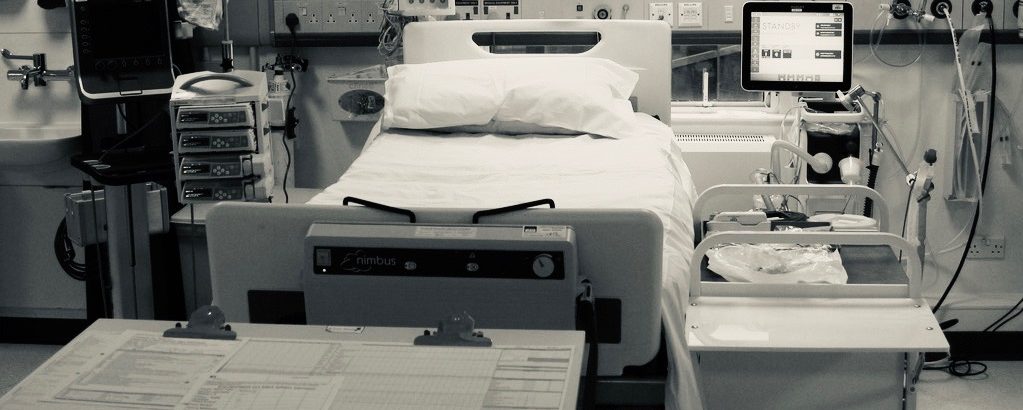 Sedation is frequently used in intensive care to minimise distress and pain from invasive therapies and procedures. Sedation is commonly a combination of an anaesthetic drug and a morphine-like painkiller. These drugs are continuously infused into the patient. Sedation is constantly adjusted to ensure the patient is kept at the optimum ‘depth’. Some patients/conditions require very deep sedation whilst others require only lighter levels. Sedation and it’s associated inactivity can lead to weak and wasted muscles. As the patient improves it is desirable for sedation to be lightened, in order that the patient might start doing more of the breathing for themselves and/or start moving around the bed a little more.
Sedation is frequently used in intensive care to minimise distress and pain from invasive therapies and procedures. Sedation is commonly a combination of an anaesthetic drug and a morphine-like painkiller. These drugs are continuously infused into the patient. Sedation is constantly adjusted to ensure the patient is kept at the optimum ‘depth’. Some patients/conditions require very deep sedation whilst others require only lighter levels. Sedation and it’s associated inactivity can lead to weak and wasted muscles. As the patient improves it is desirable for sedation to be lightened, in order that the patient might start doing more of the breathing for themselves and/or start moving around the bed a little more.
How quickly a patient wakes after the drugs have been stopped can vary widely – from a few minutes to several days – it depends on how long they have been sedated, the doses they have required and their kidney/liver function alongside other factors.
Even deeply sedated patients on ICU may have some awareness of their surroundings. Hearing in particular is often preserved and patients often tell us they remember hearing people talking whilst they were sedated. A patient’s illness, the sedative drugs and the ICU environment can all make patients muddled and disorientated – so we encourage you talk to your loved-one when you visit. Even if you see no response or reaction, talking about the day, time and members of the family can all help reassure and orientate a patient.

Comments are closed